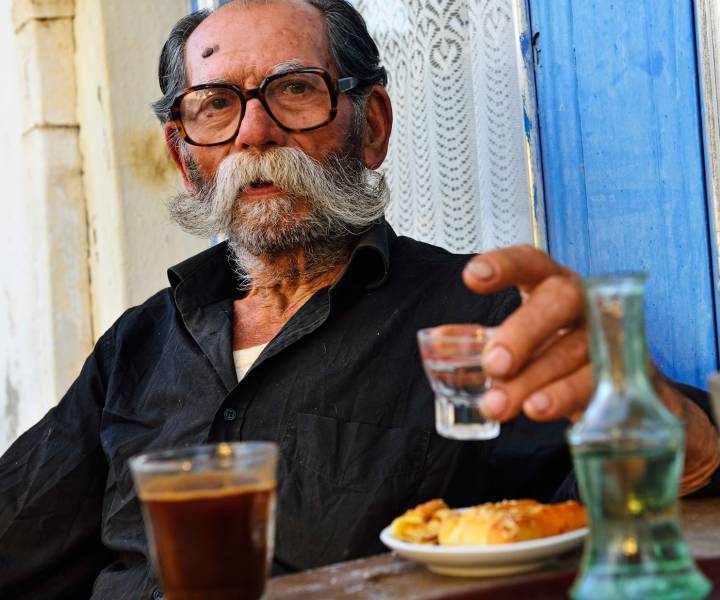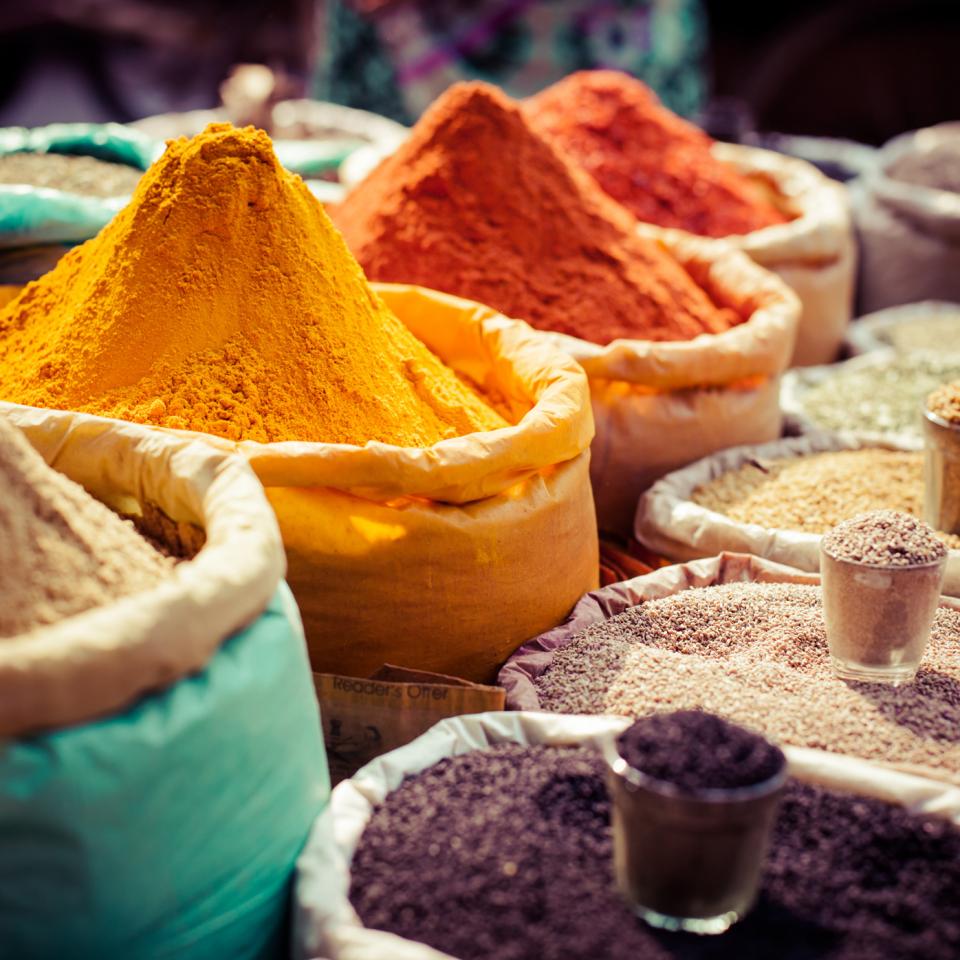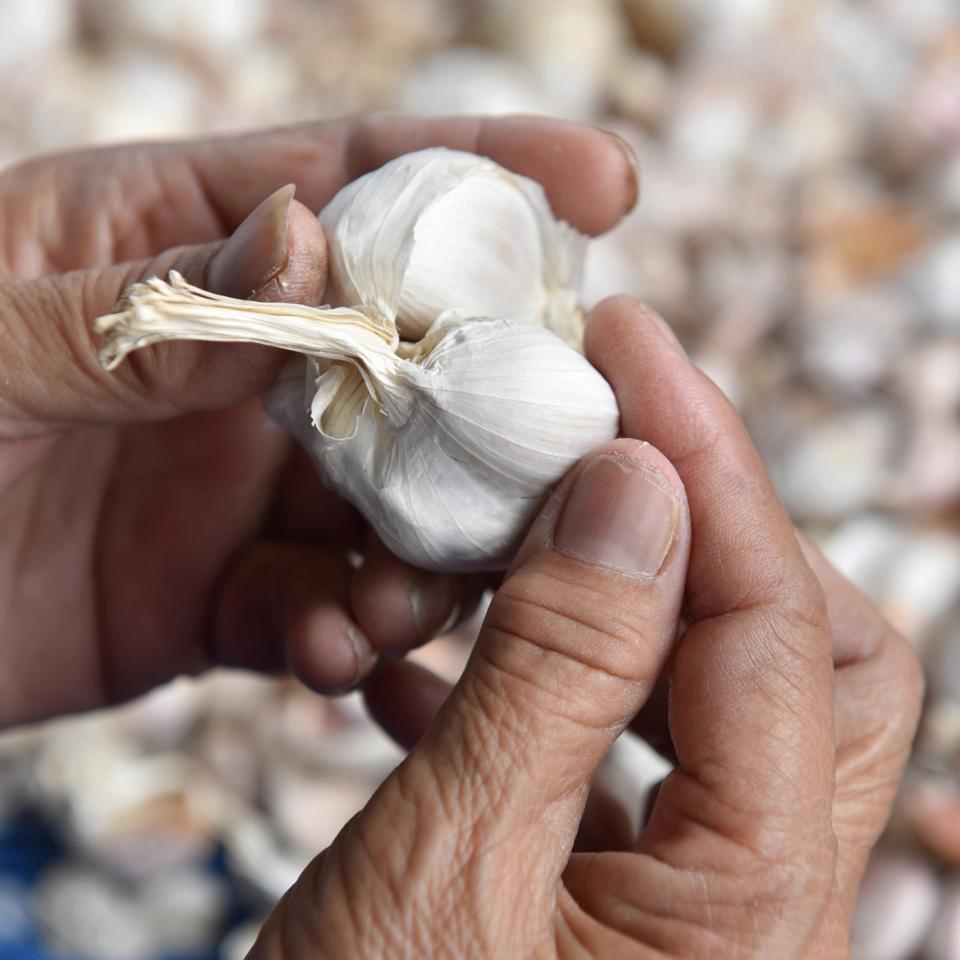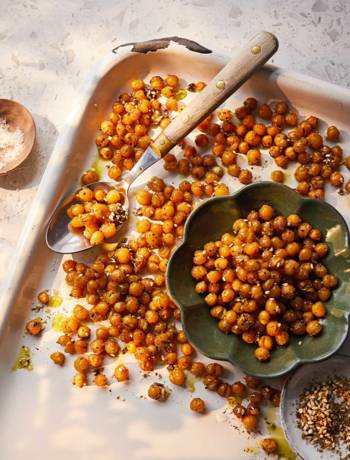Health
How to live to 100: diet secrets of the super-agers
by Helen Foster

Want to live to be 100? Helen Foster finds out what we can learn from people who live the longest, healthiest lives...
At 81 years, we may have a long life expectancy in the UK, but we also have soaring rates of age-related disease. So what can we learn from the few pockets of the world where ‘super-agers’ are still fit and well into their nineties, and even centenarians hike up hills and have a very low risk of developing dementia, heart disease and cancer?
Earlier this year, researchers hailed the Tsimane, a Bolivian tribe, as having the healthiest hearts ever studied. But they aren’t the first society to confound healthy ageing expectations. The Tsimane join the inhabitants of the Barbagia region in Sardinia, and the villagers of Acciaroli and Pioppia (nicknamed ‘the village where people forget to die’) on the Italian mainland; the people of Ikaria in Greece and the Nicoya Peninsula in Costa Rica, and residents of Loma Linda in California – all tiny areas of the world where the elderly don’t just live a long time, they also have lower rates of diabetes, heart disease and dementia.
In 2010, US journalist Dan Buettner analysed the lifestyles of people living in these Blue Zones to discover the secret of their longevity. ‘Remarkably, no matter where I found long-lived populations, I found similar habits and practices at work,’ he says. And since Buettner’s ground-breaking work, teams of researchers and scientists have been busy gathering information about these societies, which will help the rest of us live a long, healthy life. If you want to join the super-agers, here’s the lowdown.

Rule 1: Use more herbs and spices
The world’s long-living populations consume garlic, turmeric and ginger regularly, while researchers believe that the high levels of rosemary in the diet of people living in Acciaroli, Italy, may be a key reason why they reach such a healthy old age. The active ingredient in rosemary is rosmarinic acid, which is very anti-inflammatory and antioxidant; plus the herb also contains compounds that may promote good joint health and aid memory.
Rule 2: Eat starchy plants
None of the super-ageing populations shun carbohydrates; in fact, they embrace them – but not the refined, white carbohydrates or sugars that we eat. Instead, they consume a lot of starchy plants. ‘The Tsimane, for example, consume plantains and cassava,’ says Professor Hillard Kaplan, who studies the tribe at the University of New Mexico in the US. The Nicoyan diet is high in squash and yam, while Okinawans eat a purple sweet potato.
Rule 3: Try fasting
‘There’s some evidence that occasional fasting may stave off dementia by keeping blood vessels healthy, and it may spur brain-cell growth,’ says Dan Buettner. ‘Fasting is fairly common in Blue Zone countries. For Greek Orthodox Ikarians, for example, some fasting takes place throughout half of the year. Devout Catholic Italians and the Nicoyans also fast during Lent.’ If fasting is a step too far, eat like the Okinawans. They carry out a practice called hara hachi bu, where they stop eating when they feel about 80% full.
Rule 4: Limit meat and dairy
In the Blue Zones, meat is consumed on average only five times a month and portions are only the size of a pack of playing cards. The Tsimane, who still hunt their food, eat meat only when they catch it. Try keeping your portions small and picking low-fat meats such as venison. Reduce your dairy intake – if you must eat cheese, use small amounts to add flavour to dishes – and have soya milk in your coffee.
Rule 5: Enjoy a drink
Surprisingly, alcohol plays a role in the life of many super-agers – the Tsimane brew their own alcohol from corn and invite over the other villagers for food, songs and storytelling. In Sardinia they make Cannonau wine, which has two to three times more healthy flavonoids than other types. Coffee, which is packed with antioxidants, also features strongly. Blue Zones centenarians drink coffee in the morning, tea in the afternoon, wine, within recommended levels, after 5pm, and water all day.
Rule 6: Eat a cup of beans every day
Beans are high in fibre, low in fat and help keep gut bacteria healthy. ‘They are the cornerstone of every longevity diet in the world,’ says Dan Buettner. ‘On average, the long- lived populations eat four times as many beans as we do; at least a cup a day.’
Rule 7: Eat the right fats
When fat is eaten in the long-life diets, it tends to be in the form of monounsaturated fat like olive oil, nuts and oily fish. Anchovies are a big part of the Acciaroli diet, the Okinawans eat salmon, people in Loma Linda eat nuts five times a day, and in Pioppi every meal contains extra-virgin olive oil.
Rule 8: Avoid processes foods
Processed food is not part of the diet of long-living nations; in most cases, people grow their own vegetables, catch their own fish, and farm or hunt their own animals. ‘One cook from Pioppi told me he ate dessert once a month,’ says cardiologist Dr Aseem Malhotra, author of new book The Pioppi Diet (Penguin, £8.99). ‘Whereas many of us in the West eat sugar morning, afternoon and night.’
Rule 9: Walk (much) more
Forget going to the gym. ‘There is no gym in Pioppi – when we asked one of the women where they all exercised, she just laughed,’ says Dr Malhotra. ‘People there walk everywhere as a normal part of their day.’ This incidental exercise is a uniting factor of all the longest-living nations – Tsimane women take 16,000 steps a day as they care for their families, in Okinawa and Acciaroli people stay active growing and harvesting their own vegetables, and Sardinian farmers walk on average five miles days.
Rule 10: appreciate your food
‘People in Pioppi see meals as special – they take time to prepare fresh ingredients, they sit with the family and they take time to eat. When you appreciate food in this way, you tend to eat better and eat less,’ says Dr Malhotra. In the Blue Zones, pre-meal rituals, such as saying grace, also remind people that food is special.

Healthy living lifestyles
The Tsimane, Bolivia
This tribe has the lowest rates of heart disease measured anywhere in the world to date. This is partly down to diet – the Tsimane eat much less fat and protein than we do – but they are also a completely unmodernised society who do everything by hand, which means they’re sedentary for only 10% of their daylight hours. Most of us in industrialised countries sit for an average 54% of our day.
Acciaroli, Italy
There are around 700 people living in Acciaroli, a village 90 miles south of Naples, and 81 of them are aged 100 or older; there are also particularly low incidences of dementia and heart disease among the older population. Aside from a high consumption of rosemary, they also follow a traditional Mediterranean diet, plus the village is on a steep hill, so every day even the older residents have to climb step after step.
Pioppi, Italy
Pioppi is the town where the health effects of the Mediterranean diet were first studied, and eating fresh vegetables and fish is one reason why average life expectancy there is around 90 years. But cardiologist Dr Aseem Malhotra also believes there’s a Pioppi lifestyle. ‘The first thing you notice about the place is how calm and serene it is; people there have a very low level of stress,’ he says. ‘They also spend lots of time with friends, which is as important as their diet for longevity.’
Okinawa, Japan
Located about 1,000 miles from Tokyo, Okinawa is a set of islands just off the coast of Japan – a country that has so many elderly people, they are referred to as the semi-elderly (aged 65-74), the elderly (75-89) and the super-elderly (90+). As well as following a dairy-free, high-nutrient diet, it’s essential in Okinawa to have ikigai – a sense of purpose to your life. That might be a hobby, a job you love or just family or friends that rely on you. Knowing you play a role in society is believed to be vital for a healthy old age.
Loma Linda, USA
It might be only 60 miles east of Los Angeles but this region of California is a world away in terms of health. Loma Linda is home to around 9,000 Seventh Day Adventists, a religious group renowned for healthy living – they don’t smoke, drink only a little alcohol, eat very little meat and consume lots of plants and nuts.
What’s on their plate?
Nicoya, Costa Rica: The Nicoyan diet is based around corn tortillas, squashes, papaya, yam, black beans, plantains and pejivalles – small orange-coloured fruits local to Central America.
Tsimane, Boliva: This tribe eat what they can farm or hunt, such as corn, rice, wild boar, monkey, piranha, nuts and fruit – and beer made from fermented starchy vegetables.
Acciaroli and Pioppi, Italy: Both villages follow the Mediterranean diet of olive oil, vegetables, oily fish and red wine. Pasta is eaten only in very small portions.
Sardinia, Italy: Favoured foods are fennel, fava beans, chickpeas, tomatoes, pecorino cheese, almonds and barley. They also eat local breads made with barley and potato.
Ikaria, Greece: Ikarians follow their own version of the Mediterranean diet, including wild greens, potatoes, feta cheese, black-eyed peas and honey.
Okinawa, Japan: Top longevity foods include bitter melon, tofu, purple sweet potatoes, turmeric, shiitake mushrooms, brown rice, green tea and seaweeds.












